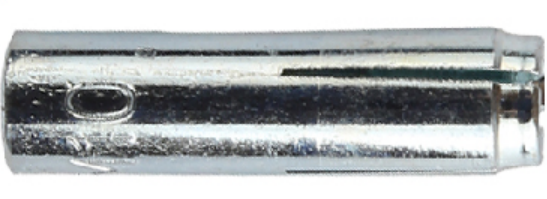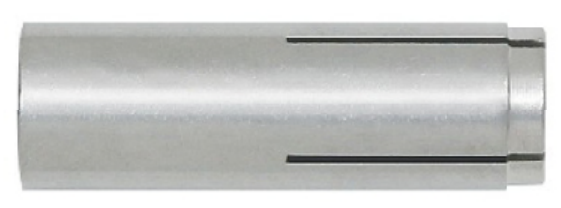

Drop in anchors and their uses, and why they are used by the majority of builders
Drop-in anchors are commonly used in construction for various applications that require a secure and reliable connection to concrete. Here are some types of jobs where drop-in anchors are frequently used:
- Electrical and Mechanical Installations:
- Drop-in anchors are often employed to secure electrical conduit, junction boxes, and mechanical equipment to concrete surfaces, providing stability and support.
- Piping and Plumbing:
- In plumbing and piping installations, drop-in anchors can be used to anchor pipe hangers, supports, and other components to concrete structures.
- HVAC Systems:
- Drop-in anchors are used to secure HVAC ductwork, brackets, and related components to concrete ceilings and walls in both residential and commercial buildings.
- Suspension Systems:
- Drop-in anchors are commonly used for installing suspended ceiling systems, providing a secure anchor point for ceiling grid components.
- Structural Steel Connections:
- In structural steel applications, drop-in anchors may be used to anchor steel columns, beams, and other structural elements to concrete foundations.
- Racking and Shelving:
- Drop-in anchors are suitable for anchoring heavy-duty shelving units, storage racks, and warehouse equipment to concrete floors.
- Handrails and Guardrails:
- Drop-in anchors are used to secure handrails and guardrails to concrete surfaces, providing stability and safety in stairwells and walkways.
- Concrete Formwork:
- Drop-in anchors can be employed in concrete formwork to create temporary attachment points for framing and supports during the pouring and curing of concrete.
- Security Installations:
- For security-related installations such as bollards, gates, and barriers, drop-in anchors are used to anchor these elements securely to concrete surfaces.
Drop-in anchors are generally easy to install, making them popular among builders for several reasons:
- Simple Installation Process: Drop-in anchors are installed by first drilling a hole into the concrete, then placing the anchor into the hole. When a bolt or threaded rod is inserted and tightened into the anchor, it causes the anchor to expand and grip the concrete, providing a secure connection.
- No Special Tools Required: The installation of drop-in anchors typically requires standard tools such as a drill and a wrench, making them accessible and easy to use without the need for specialized equipment.
- Consistent Performance: When installed correctly, drop-in anchors provide a reliable and consistent anchoring solution, contributing to their widespread use in construction.
- Versatility: Drop-in anchors are versatile and can be used in various concrete applications, offering flexibility to builders and contractors across different construction projects.
It’s important to note that proper installation is crucial to ensure the effectiveness of drop-in anchors. Builders often choose drop-in anchors for their combination of ease of installation, versatility, and reliability in providing a secure anchor point in concrete structures.
Zinc plated or stainless steel?
Choosing between zinc-plated and stainless steel drop-in anchors depends on factors like your project’s location and budget. Zinc-plated anchors are cost-effective and work well indoors with moderate corrosion resistance. On the other hand, stainless steel anchors offer superior corrosion resistance, making them suitable for outdoor use and harsh conditions. Consider the specific demands of your project, including environmental factors and budget constraints, to determine the most suitable drop-in anchors for your needs.
